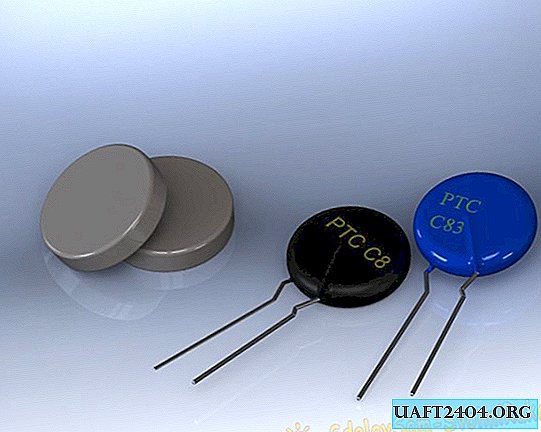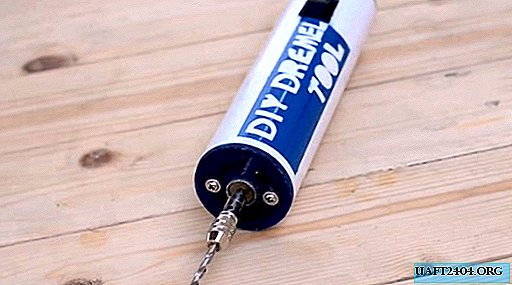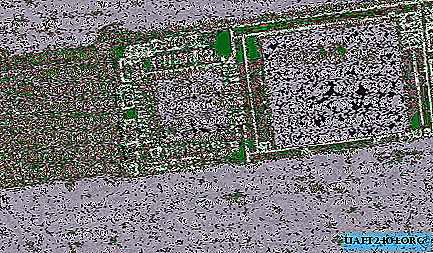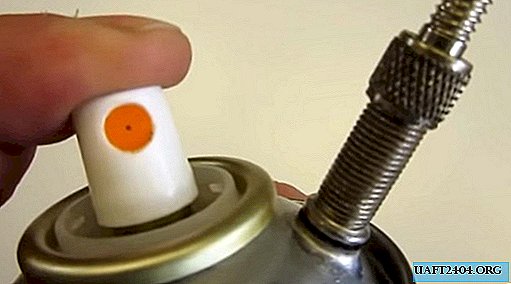Share
Pin
Tweet
Send
Share
Send
Posistor
A posistor (PTC thermistor) is an electronic component that has a positive resistance coefficient and has a dual function: a heater and a temperature sensor. When high voltage or current is applied, the electronic component heats up. The higher the temperature, the more its internal resistance increases, which means less current will flow through the element. Heating of the RTS component can occur under the influence of the external environment. In this case, it works like a temperature sensor.
Posistors have a housing design in the form of round washers filled with enamel, or in the form of ceramic elements sequentially installed in a single housing.

In the diagram, the posistor has the following designation:

Applying a posistor
Since the posistor is a fairly accurate component, its scope in electronics is as follows:
- primary transformer winding protection;
- effective motor starter;
- current limiter in heating devices (soldering irons, glue guns, heating radiators);
- demagnetization of old picture tubes TVs.
Thermistor
Thermistor (NTC thermistor) is a sensitive electronic component with a negative resistance coefficient. When heated, its internal resistance begins to fall. The component can serve as a temperature sensor or a variable resistor (as protection against overheating in electrical circuits). The parameters of the thermistor are not linear, which means that with increasing temperature the resistance drops disproportionately and unevenly.
The case of the thermistor is made in the form of beads coated with ceramic or glass, which differ in size.

The diagram has the following designation:

One of the significant drawbacks of the thermistor is the mismatch in the characteristics of the manufacturing process using the same process. Components under the same conditions can produce different data, therefore, when replacing one component with a similar one, recalibration is required. With prolonged use at elevated temperatures, NTC thermistors begin to degrade over time and need to be replaced.
The maximum operating temperature of the sensors is 300 degrees Celsius.
Scope of NTC thermistors:
- temperature measurement of radio components of a computer and mobile equipment (processors and memory chips, hard drives, video cards, etc.);
- in power supplies and lithium-ion (Li-ion) batteries as protection against overheating;
- in office equipment (laser printers and faxes);
- in 3D printers (for extruders and heated tables).
In fact, both components are able to control the temperature, but the resistance of a PTC thermistor with heating tends to infinity, while the resistance of an NTC thermistor tends to zero under the same conditions. To take a temperature measurement, you need a controller that will calculate the resistance data of the components.
Watch an educational video on the topic.
Share
Pin
Tweet
Send
Share
Send











